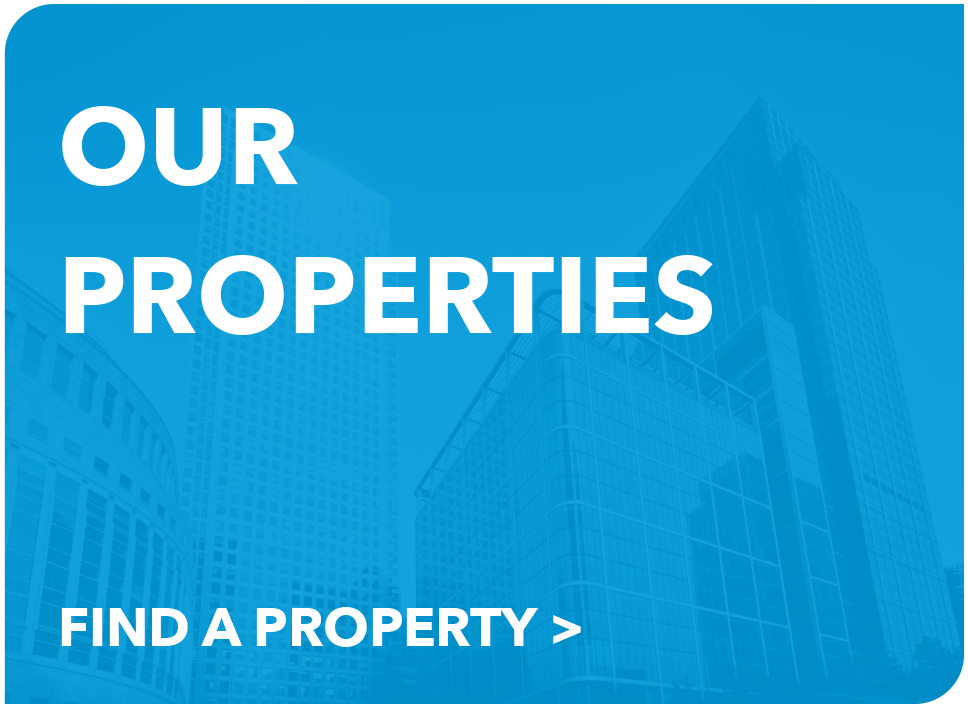INDUSTRIAL OVERVIEW: HIGH RENT, LOW VACANCY EVERYWHERE
North American industrial space availability is tight everywhere while rent growth and property prices remain near or have moved beyond historic highs. Through the third quarter, the United States’ vacancy rate settled at 4%, up 10 basis points from Q2. Average rents increased 11.4% year over year with gains of 19% in Miami, 18.7% in Southern California’s Inland Empire, 16% in Phoenix and 14.6% in Atlanta.
In Canada, average rents were up 14.6% year over year and the vacancy rate fell to 1.4%. Unsurprisingly, premium properties in top markets are fetching premium prices. A 100,000-SF warehouse in the Vancouver suburb of Richmond recently traded for $599 per SF. But across the U.S. there has been a drop in net absorption from last year’s record-setting surge that reasonably could be termed the first step toward normalization. Net absorption totaled 94 million SF in the third quarter, 40% less than for the same period last year. Through the first three quarters, tenant growth totaled 286 million SF, 22% less than a year ago. Despite easing tenant demand, the market has been absorbing twice the volume of space than before the pandemic.
Since the Covid lockdown in March of 2020, developers of U.S. logistics space have been scrambling to meet demand heightened by the spike in online pandemic shopping. There are 844 million SF of space under construction. Thirty-eight percent is pre-leased. Three hundred and fifty-five million square feet are set for delivery in the next six months. The annual average over five years prior to 2020 was 335 million SF. READ MORE >
OFFICE OVERVIEW: LABOR PRESSURES WEIGH ON OFFICE DEMAND
Demand weakened again in the third quarter as employers remained reluctant to deliver unpopular return-to-office commands to workers and amid concerns of the rising cost of credit in an uncertain economy.
Net absorption in the 8.3-billion-SF United States market was negative 3.5 million SF in the third quarter and negative 4.9 million SF year to date. Since the lockdown, the contraction has totaled 118 million SF, or 1.4% of the base. Meanwhile, 136.7 million SF of new space has been added to the inventory. To help put the shock of the absorption reversal in perspective, in the five years prior to Covid net absorption ranged from 90 million SF in 2015 to 46.5 million, averaging 67 million SF per year.
Canadian tenants have shed 5.1 million SF since the lockdown, driving up the nation’s vacancy rate from 6.2% to 8.7%. In view of the United States’ comparative oversupply, Canadian property owners are under far less stress. About 80% of the 20 million SF of space in Canada’s construction pipeline is in Toronto and Vancouver, where the vacancy rate is 5.1%. Reflective of the appetite for new product, 75% of the space is pre-leased.
Despite a return-to-office push that started last year, a white-hot labor market has workers unexpectedly holding the whip hand. In its samplings of 8,000 workers, Gallup said the desire to work exclusively from home has more than doubled since last fall. Sixty percent said they would change jobs to work remotely, a meaningful threat at a time when the labor department shows there are two job openings for each worker. In the first four months of 2022, office occupancy rose 20%, said Kastle Systems, which tracks building entries through security cards and key fobs. Since April, it’s hovered around 44% of pre-Covid levels. Apple executives recently were slapped with a petition signed by 1,000 workers reportedly opposing the company’s addition of a third day in the office. READ MORE >
RETAIL OVERVIEW: SHOPPERS RETURN TO BRICK-AND-MORTAR
North American retail real estate is emerging from the pandemic with unexpected strength as footfalls increase and consumers continue to spend at a healthy clip despite rising interest rates and inflation. The overall 4.3% vacancy rate in the United States is the lowest in 15 years and Canada’s 2% vacancy rate is the lowest since 2014, as the retail industry is turning around from years of adjustments for bankruptcies, empty storefronts and unloved enclosed mall space. The transformation has been made possible by painful reinventions by investors willing to spend on facelifts and renovations. Other key factors aiding the recovery include substantially slowing new construction, e-commerce merchants expanding their physical presence and consumers less fearful of Covid who hunger to browse in shops and try on clothes. For the first time since 1995 merchants opened more stores than were shuttered.
In the U.S., brick-and-mortar retail sales pushed to a new record of $382 billion in August, an increase of nearly 25% over pre-Covid levels. With sales booming, retail leasing activity has bounced back. There was more than 14.8 million SF net absorption in the third quarter, bringing the total for the year to 54 million SF, roughly equal to the first three quarters of 2021.
Rent growth through Q3 this year is at 4.2%, compared to the 2.5% annual average from 2013 through 2019. Average triple net asking rents hit a record $23 per SF, up 4.2% in the past year and the biggest jump in more than a decade.. READ MORE >
MULTIFAMILY OVERVIEW: U.S. DEMAND, RENT GROWTH SLOWS
Rent growth continued to cool in the third quarter and tenant demand was off two-thirds from a year ago, as Sun Belt markets, which paced record rent growth in 2021, witnessed the largest recent declines. Asking rents in the U.S. grew at 5.7% through Q3, down from last year’s record growth rate of 11.3% – a level that many analysts doubt can be repeated. No doubt the lower rate is a relief for tenants, but current rents are increasing at more than twice the annual average rate of 2.5% over the past decade.
The slowdown in U.S. net absorption has been dramatic – 213,878 apartments through Q3 compared to 621,680 units in 2021, post lockdown. And with third-quarter demand totaling 72,084 apartments against Q3’s inventory growth of 152,593 units, the vacancy rate increased from 4.9% to 5.4%.
Canada’s trend lines are running counter to the U.S. The national vacancy rate is 1.3%. Rent growth in the third quarter hit 6.9%, double the rate of the previous quarter. Net absorption this year has outpaced new construction two to one. And new construction is booming in Toronto and Vancouver, the number one and two markets respectively. New product underway will boost Toronto’s inventory by 7% and Vancouver’s base by 8.7%. The two metros currently account for nearly 60% of Canada’s rental inventory.
Across the United States in Q2 there were 31 metros reporting double-digit rent growth. At the end of the Q3, only Miami, Knoxville and Charleston fit the bill. It is expected that the pace of rent increases will continue to moderate with deliveries of new product that are elevated through 2023. READ MORE >




